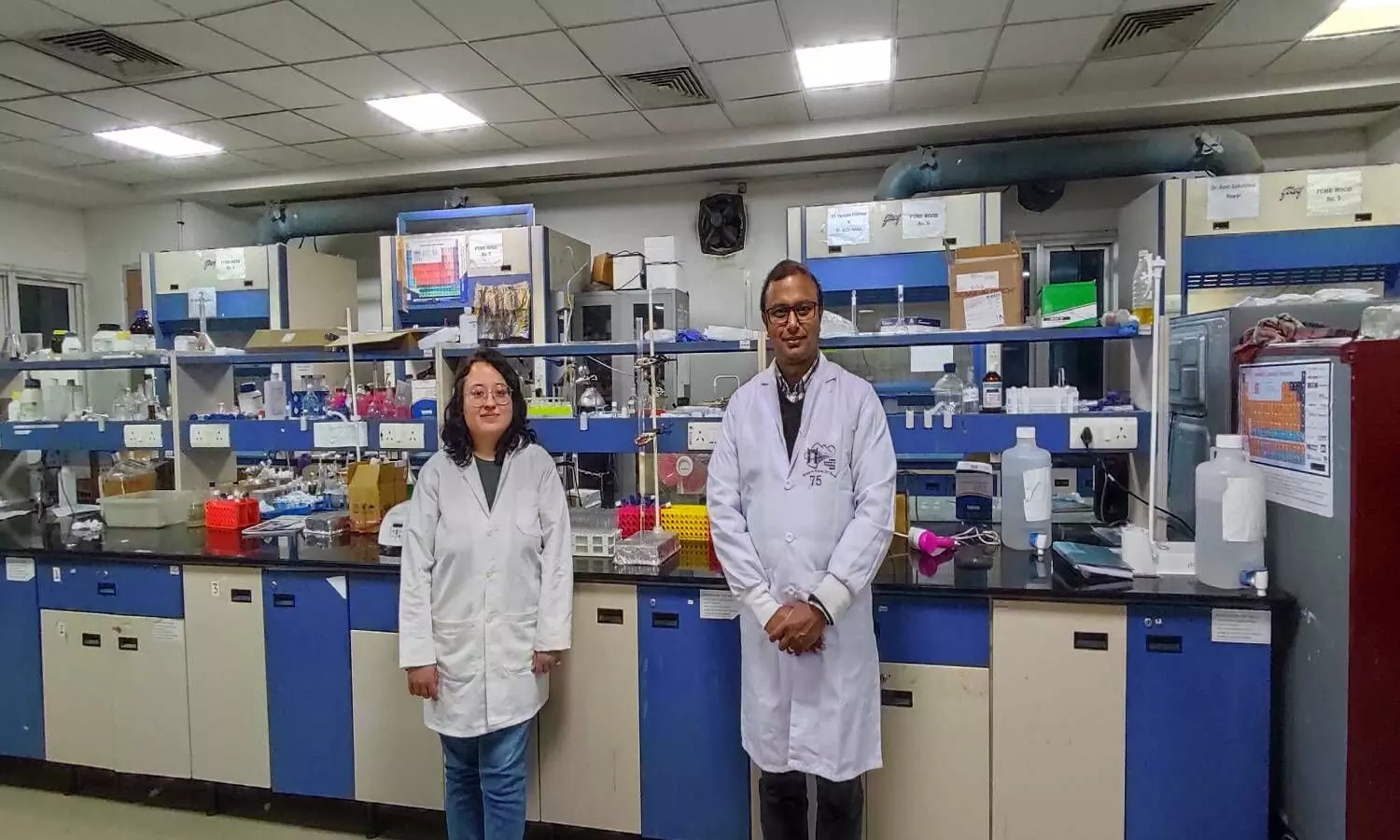How IIT Mandi used orange peel to convert biomass into biofuel
Conducted by the Indian Institute of Technology (IIT), Mandi, the study revealed that hydrochar derived from orange peels can be used as a catalyst to convert biomass-derived chemicals into biofuel precursors.
By Newsmeter Network
Hyderabad: A recent study has revealed that orange peel can be used to convert biomass into biofuel. Conducted by the Indian Institute of Technology (IIT), Mandi, the study revealed that hydrochar derived from orange peels can be used as a catalyst to convert biomass-derived chemicals into biofuel precursors.
The findings of the study have been recently published in the journal 'Green Chemistry'. The research was led by Dr. Venkata Krishnan, Associate Professor, School of Basic Sciences, IIT Mandi, and co-authored by his students Tripti Chhabra and Prachi Dwivedi.
"One of the driving interests among the renewable energy community is the development of relatively clean and energy-efficient processes to convert biomass into useful chemicals, including fuel. The simplest and most low-cost catalyst that has been studied by researchers for biomass conversion reactions is hydrochar. It is typically obtained by heating the biomass waste (orange peels in this case) in the presence of water through the hydrothermal carbonization process. The use of hydrochar as a catalyst for biomass conversion is attractive because it is renewable and its chemical and physical structure can be altered for better catalytic efficiencies," Dr. Venkata Krishnan said.
Tripti Chhabra said they used these three types of catalyst to bring about hydroxyalkylation alkylation (HAA) reactions between 2-methylfuran and furfural, compounds that are derived from lignocellulose, to produce fuel precursors
Elaborating, Dr. Venkat Krishna said: "We were able to synthesize the biofuel precursors under solventless and low-temperature conditions, which decreases the overall cost of the process and also makes it environment-friendly, attractive from an industry point of view."
Biomass-derived products from naturally occurring materials are currently the fourth most significant energy source that can meet the energy demand after coal, oil, and natural gas, in the country. Lignocellulosic biomass obtained from forestry and agricultural waste, for example, can potentially be converted to a variety of useful chemicals by various methods.
Of these methods, the use of catalysts for the conversion is particularly useful because such processes can be carried out with minimal energy input and the type of product obtained from the biomass can be controlled through the right choice of catalysts and reaction conditions.